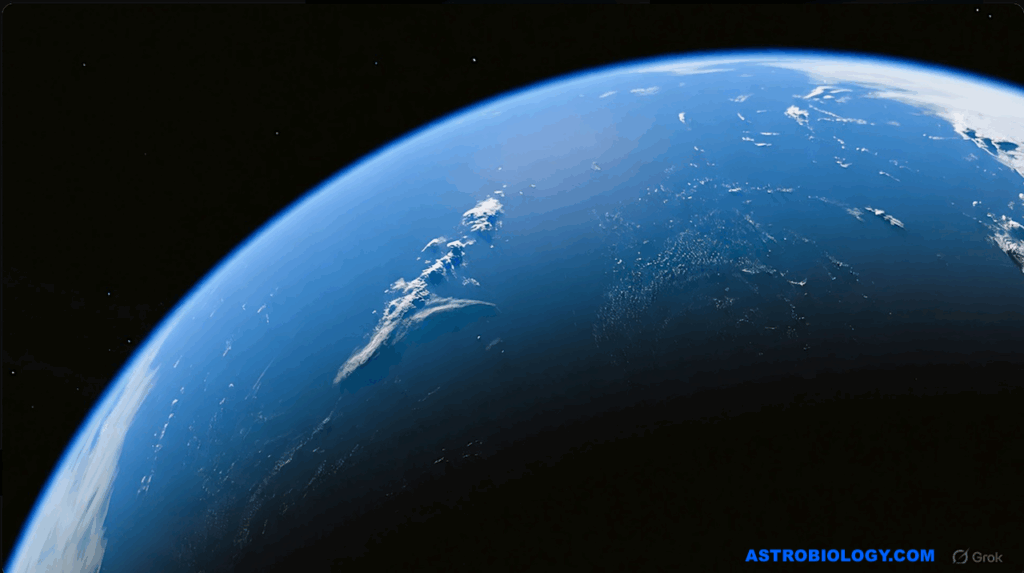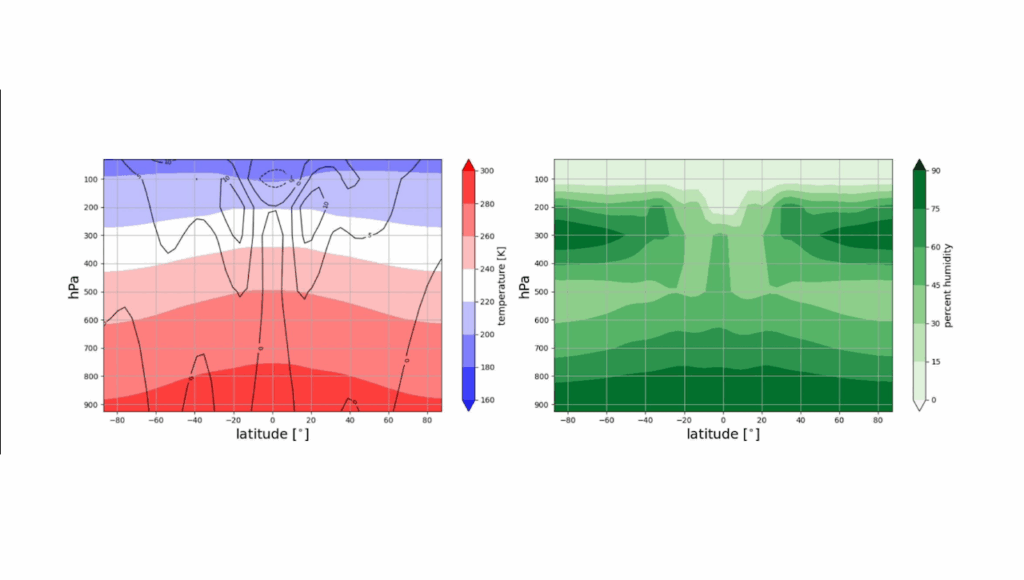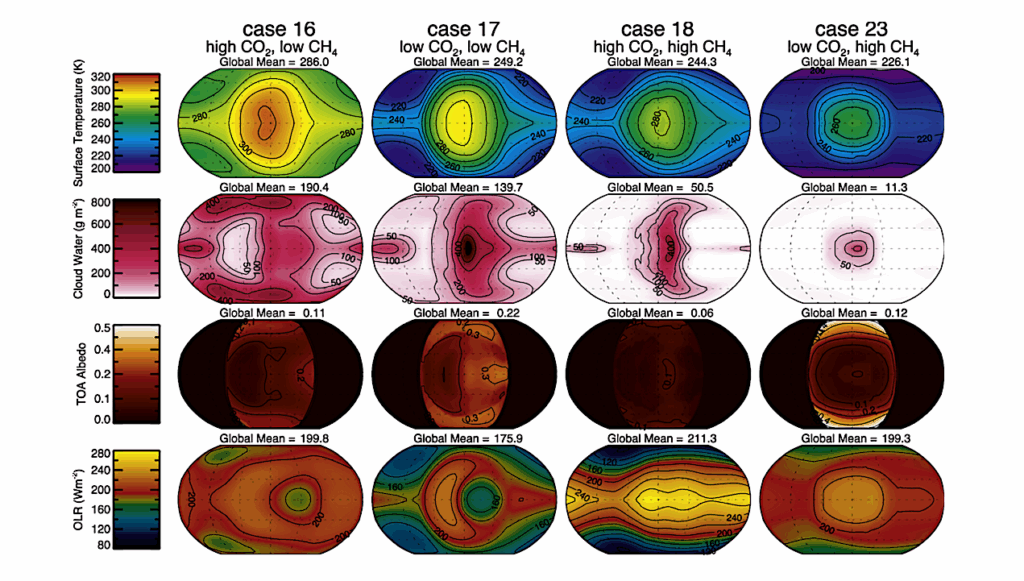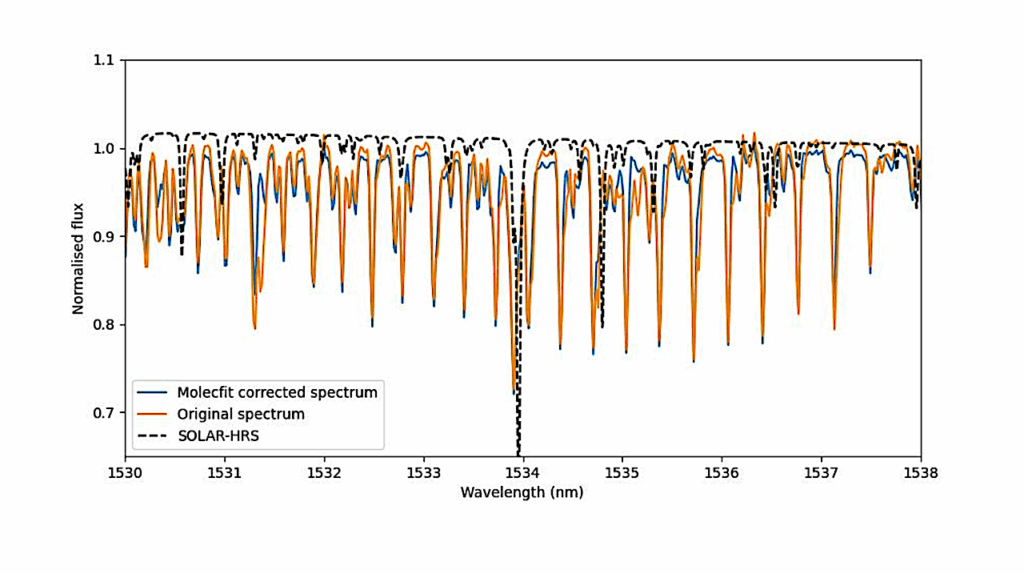The JWST Early Release Science Program for the Direct Imaging & Spectroscopy of Exoplanetary Systems

The direct characterization of exoplanetary systems with high contrast imaging is among the highest priorities for the broader exoplanet community.
As large space missions will be necessary for detecting and characterizing exo-Earth twins, developing the techniques and technology for direct imaging of exoplanets is a driving focus for the community. For the first time, JWST will directly observe extrasolar planets at mid-infrared wavelengths beyond 5μm, deliver detailed spectroscopy revealing much more precise chemical abundances and atmospheric conditions, and provide sensitivity to analogs of our solar system ice-giant planets at wide orbital separations, an entirely new class of exoplanet. However, in order to maximise the scientific output over the lifetime of the mission, an exquisite understanding of the instrumental performance of JWST is needed as early in the mission as possible.
In this paper, we describe our 54-hour Early Release Science Program that will utilize all four JWST instruments to extend the characterisation of planetary mass companions to ∼15μm as well as image a circumstellar disk in the mid-infrared with unprecedented sensitivity. Our program will also assess the performance of the observatory in the key modes expected to be commonly used for exoplanet direct imaging and spectroscopy, optimize data calibration and processing, and generate representative datasets that will enable a broad user base to effectively plan for general observing programs in future cycles.
Sasha Hinkley (1), Aarynn L. Carter (2), Shrishmoy Ray (1), Andrew Skemer (2), Beth Biller (3), Elodie Choquet (4), Maxwell A. Millar-Blanchaer (5), Stephanie Sallum (6), Brittany Miles (2), Niall Whiteford (7), Polychronis Patapis (8), Marshall Perrin (9), Laurent Pueyo (9), Glenn Schneider (10), Karl Stapelfeldt (11), Jason Wang (12), Kimberly Ward-Duong (13, 9), Brendan P. Bowler (14), Anthony Boccaletti (15), Julien Girard (9), Dean Hines (9), Paul Kalas (16), Jens Kammerer (9), Pierre Kervella (15), Jarron Leisenring (10), Eric Pantin (17), Yifan Zhou (14), Michael Meyer (18), Michael C. Liu (19), Mickael Bonnefoy (20), Thayne Currie (21), Michael McElwain (22), Stanimir Metchev (23), Mark Wyatt (24), Olivier Absil (25), Jea Adams (26), Travis Barman (27), Isabelle Baraffe (1, 28), Mariangela Bonavita (29), Mark Booth (30), Marta Bryan (16), Gael Chauvin (20), Christine Chen (9), Camilla Danielski (31, 32), Matthew De Furio (18), Samuel M. Factor (14), Jonathan J. Fortney (2), Carol Grady (33), Alexandra Greenbaum (34), Thomas Henning (35), Markus Janson (36), Grant Kennedy (37), Matthew Kenworthy (38), Adam Kraus (14), Masayuki Kuzuhara (39, 40), Pierre-Olivier Lagage (32), Anne-Marie Lagrange (20), Ralf Launhardt (35), Cecilia Lazzoni (1, 41), James Lloyd (42), Sebastian Marino (43, 24), Mark Marley (27), Raquel Martinez (6), Christian Marois (44, 45), Brenda Matthews (44, 45), Elisabeth C. Matthews (46), Dimitri Mawet (12, 11), Mark Phillips (19), Simon Petrus (20, 47), Sascha P. Quanz (8), Andreas Quirrenbach (49), Julien Rameau (20), Isabel Rebollido (9), Emily Rickman (49), Matthias Samland (35), B. Sargent (9, 50), Joshua E. Schlieder (51), Anand Sivaramakrishnan (9), Jordan Stone (52), Motohide Tamura (53, 39, 40), Pascal Tremblin (54), Taichi Uyama (55, 56), Malavika Vasist (25), Arthur Vigan (4), Kevin Wagner (10, 57), Marie Ygouf (11) ((1) Exeter, (2) UCSC, (3) Edinburgh, (4) Marseille, (5) UCSB, (6) UC Irvine, (7) AMNH, (8) ETH, (9) STScI, (10) Steward Observatory, (11) JPL, (12) Caltech, (13) Smith College, (14) UT Austin, (15) LESIA, Observatoire de Paris, (16) UC Berkeley, (17) DAp, CE Saclay, (18) Michigan, (19) IoA, Hawaii, (20) Grenoble, (21) NASA Ames, (22) NASA GSFC, (23) Univ. of Western Ontario, (24) IoA, Cambridge, (25) Univ. of Liege, (26) CfA, (27) LPL, (28) Université de Lyon, (29) The Open University, (30) Jena, (31) Instituto de Astrofisica de Andalucia, Granada, Spain, (32) Universitè Paris-Saclay, (33) Eureka Scientific, (34) IPAC, (35) MPIA Heidelberg, (36) Stockholm University, (37) Warwick, (38) Leiden Observatory, (39) Astrobiology Center, Osawa, Mitaka, Tokyo, (40) NAOJ, (41) INAF, Osservatorio Astronomico di Padova, (42) Cornell, (43) Jesus College, University of Cambridge, (44) Herzberg Astronomy & Astrophysics Research Centre, NRC, (45) Univ. of Victoria, (46) Geneva, (47) Universidad de Valparaiso, (48) Landessternwarte, Heidelberg, (49) ESA, (50) JHU, (51) NASA GSFC, (52) US Naval Research Laboratory, (53) The University of Tokyo, (54) Universitè Paris-Saclay, (55) IPAC-Caltech, (56) NExScI, (57) NASA Sagan Fellow)
Comments: 21 pages, 7 figures. Accepted for Publication in PASP
Subjects: Earth and Planetary Astrophysics (astro-ph.EP); Instrumentation and Methods for Astrophysics (astro-ph.IM); Solar and Stellar Astrophysics (astro-ph.SR)
Cite as: arXiv:2205.12972 [astro-ph.EP] (or arXiv:2205.12972v1 [astro-ph.EP] for this version)
Submission history
From: Sasha Hinkley
[v1] Wed, 25 May 2022 18:00:02 UTC (11,583 KB)
https://arxiv.org/abs/2205.12972
Astrobiology








